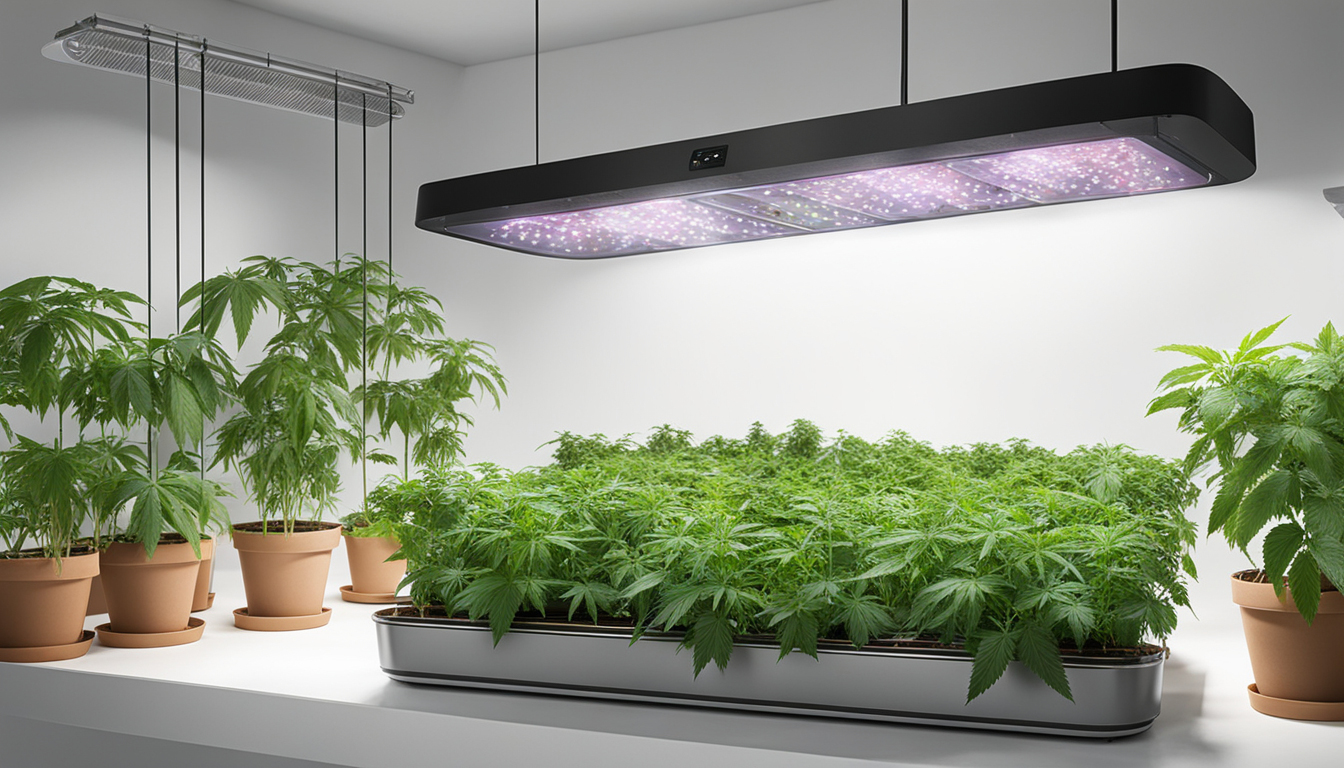
Whether you're new to marijuana production or looking to improve your existing grow, following this complete guide will help you produce large, high-quality yields right at home. With the right gear, strategies, and attention, growing cannabis indoors can be an extremely satisfying and cost-effective endeavor.
Choosing Marijuana Varieties
The first step in planning your indoor harvest is choosing the right cannabis strains to grow. The three main types of cannabis plants each have their own characteristics.
Sativas
Known for their invigorating intellectual effects, these strains spread tall and slender with narrow leaves. They flourish in tropical tropical climates and have a longer blooming time between 2.5-3 months indoors. Top energizing strains include Sour Diesel, Durban Poison, and Jack Herer.
Indicas
Indicas provide relaxing full-body effects and grow short and bushy with wide leaves. Accustomed to colder mountain climates, they bloom faster within 2-2.25 months. Popular relaxing varieties include Northern Lights, Bubba Kush, and Bubba Kush.
Mixed strains
Mixed varieties mix traits from both energizing strains and relaxing strains. They offer blended effects and have medium blooming times around 2.25-2.5 months. Well-known mixes are OG Kush, Girl Scout Cookies, and Blue Dream.
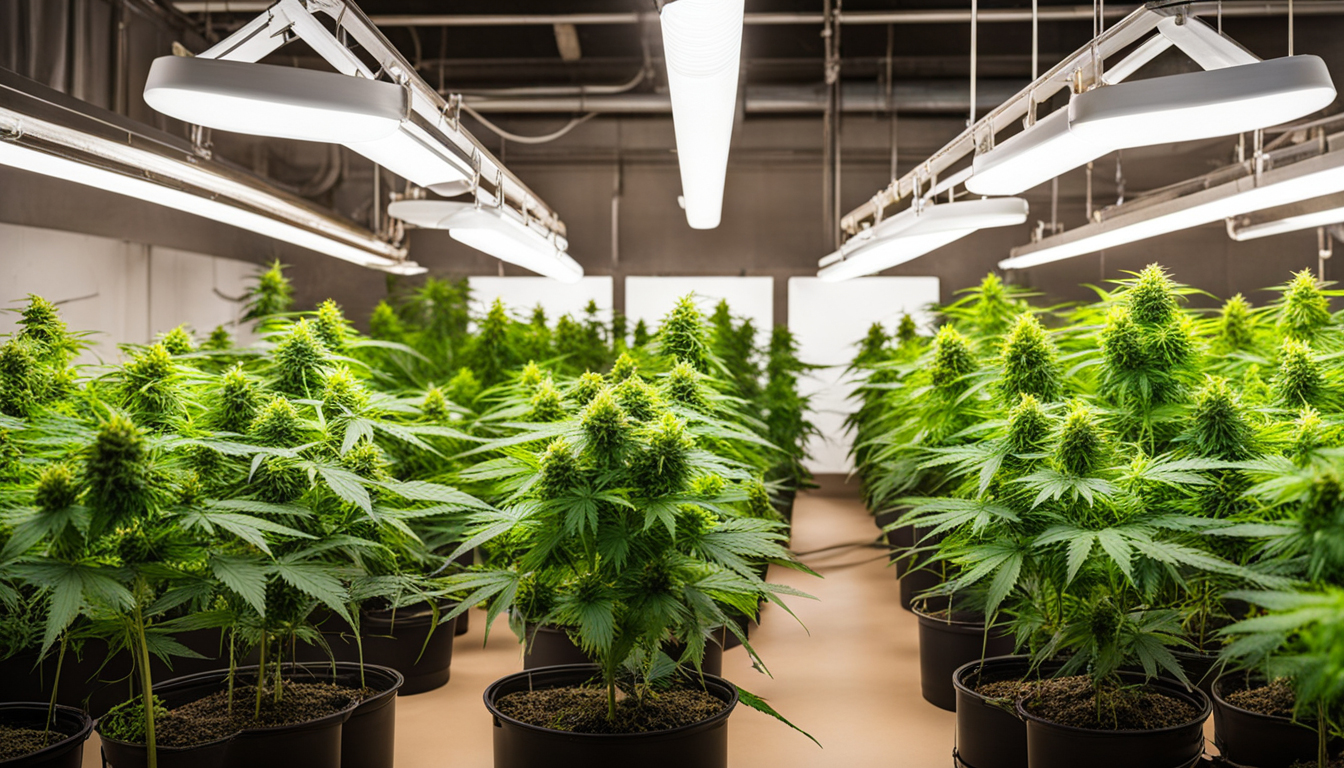
Setting Up Your Cultivation Space
Pot plants need the right controlled environment to thrive. Key factors for indoor farms are lighting, airflow, layout, and finding the ideal discreet area.
Location
Choose an empty space with quick access to water and power outlets. An empty extra bedroom, unused closet, corner of the basement, or grow tent locked away in a garage all make great discreet cultivation room spots.
Lighting
Cannabis requires intense light for all vegetative stages. LEDs are energy-efficient and come in full spectrum options replicating natural sunlight. Provide 250-400 watts per square foot for the growth stage and 400-600 watts per square foot for bloom.
Airflow
Proper airflow and exhaust systems keep ideal temperature, humidity, and pure CO2 levels. Install silent 4-6 inch blowers or carbon filters to circulate old air and eliminate smells.
Layout
Maximize your space by arranging plants carefully under the lights and allowing room to reach and work around them. Set up separate zones for growth, flowering, drying, and propagation.
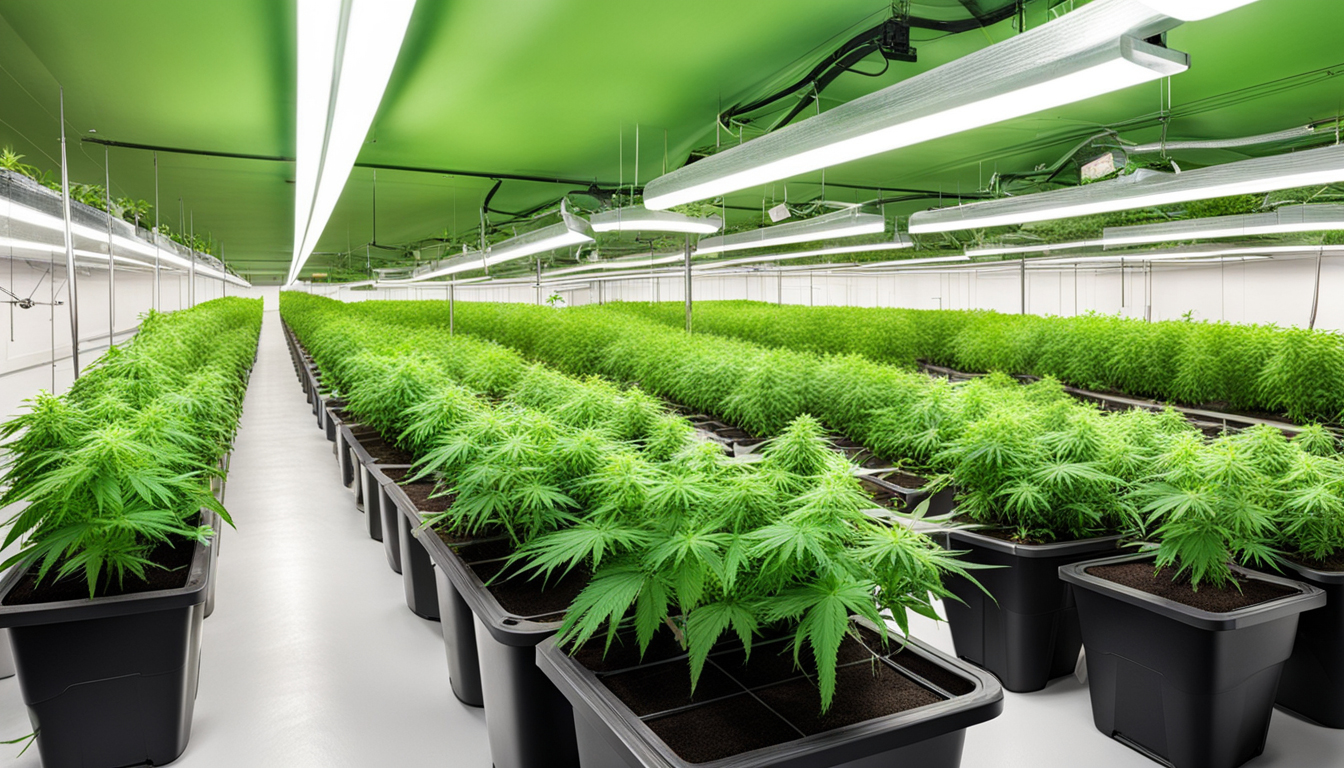
Cultivation Mediums
Pot can be cultivated in various mediums, each with benefits and cons. Pick a suitable option for your particular setup and growing style.
Soil
The classic substrate, soil is affordable and simple for beginners. It provides excellent taste but requires more irrigation and fertilizing to nourish plants. Enrich soil with perlite or coir to improve drainage.
Coconut coir
Made from coir, reusable coco coir holds water but still allows air to the roots. It's more sterile and more consistent than soil. Use coco-specific fertilizers to prevent calcium buildup.
Water systems
In water systems, plant roots grow right in fertilizer water solution. This enables quick growth but needs close observation of water chemistry. Deep water culture and drip systems are popular methods.
Germinating Seeds
Sprouting prepares your cannabis seeds to start growing taproots. This prepares them for transplanting into their cultivation medium.
Paper Towel Method
Place seeds between wet paper towels and keep them damp. Inspect after 2-7 days for emerging radicles showing germination is complete.
Planting directly
Insert seeds directly into pre-moistened cultivation medium 6mm deep. Gently water and wait 1-2 weeks until sprouts break through the top.
Rockwool Cubes
Presoak cubic rockwool starters in pH-adjusted water. Place seeds 1⁄4 inch deep into the cubes. Keep cubes moist until sprouts appear within 1-14 days.
Transplanting Seedlings
Once germinated, pot young plants need to be transplanted to prevent crowding. Move them into appropriately sized containers.
Preparing Containers
Load large containers with growing medium amended with slow-release nutrients. Let pots to absorb water overnight before transplanting.
Carefully Transplanting
Carefully loosen young roots from sprouting medium using a spoon. Place into prepared pot at equal depth as before and gently water in.
Vegetative Stage
The vegetative stage promotes leafy growth and plant structure through 3/4 to full day of continual lighting intensity. This stage usually lasts 1-2 months.
Using 18-24 Hours of Light
Use grow lights on a 24 hour cycle or natural sunlight to trigger constant growth. Lamp output influences height and internodal spacing.
Fertilizing
Use vegetative stage nutrients higher in nitrogen. Make sure Learn More pH stays around 6.5 for proper fertilizer uptake. Fertilize 25-50% concentration after 14 days and strengthen slowly.
LST and topping
Fimming, LST, and trellising direct shoot shapes for flat foliage. This boosts yields.
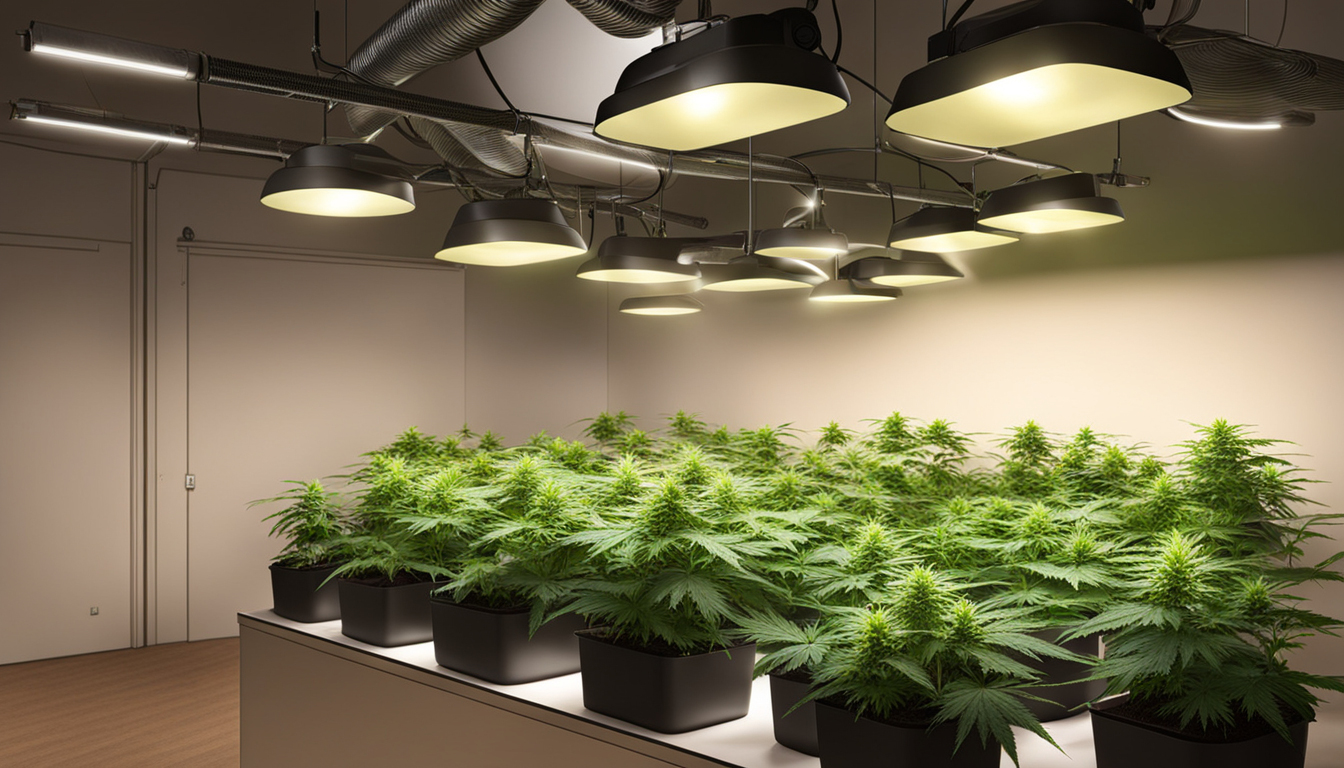
Bloom Stage
The blooming stage grows buds as plants show their sex under a 12/12 cycle timing. It lasts 2-3 months depending on strain.
Switching to 12/12
Change lamps to 12 hours on, 12 hours off or move outside for outdoor 12/12 timing. This signals plants to begin blooming.
Flushing
Flushing removes fertilizer residuals to enhance taste. Fertilize weakly the first period then just use pH'd water the final 2 weeks.
Flushing
Continue 12 hour photoperiod but leach using Discover More pH-balanced water only. Resume clean watering if buds aren't yet mature after two weeks.
Harvesting
Recognizing when marijuana is fully ripe ensures peak potency and aroma. Harvest plants at peak ripeness.
Signs of readiness
Look for swollen calyxes, faded pistils, and 10-15% cloudy trichs. Inspect buds across the plant as they don't all ripen evenly.
Cutting Plants
Use clean, sharp trimming scissors to gently cut each plant at the base. Leave 5-10cm of stalk attached.
Drying
Hang intact plants or colas inverted in a dark room with average temperature and RH around 45-65% for 1-2 weeks.
Curing
Curing keeps desiccating while aging the buds like fine wine. This technique smooths harshness and further develops cannabinoid contents.
Curing containers
Trim dried buds from branches and place into glass jars, packing about 3⁄4 full. Use a hygrometer to monitor jar moisture.
Opening jars daily
Open jars for a short time each day to slowly Send a Message lower humidity. Rehydrate buds if RH goes under 55%.
Final Cure
After 2-3 weeks when moisture levels off around 55-65%, perform a last manicure and store forever in sealed jars.
Troubleshooting
Even seasoned growers run into different marijuana plant problems. Identify problems soon and address them properly to keep a strong garden.
Poor feeding
Chlorosis often indicate inadequate nitrogen. Anthocyanins and leaves show low phosphorus. Check pH and boost nutrients slowly.
Pests
Thrips, aphids, fungus gnats, mites, and root aphids are frequent cannabis pests. Use organic sprays, predator bugs, and sticky traps for organic control.
Mold
Excessive moisture encourages botrytis and root rot. Improve circulation and venting while lowering RH below 50% during bloom.
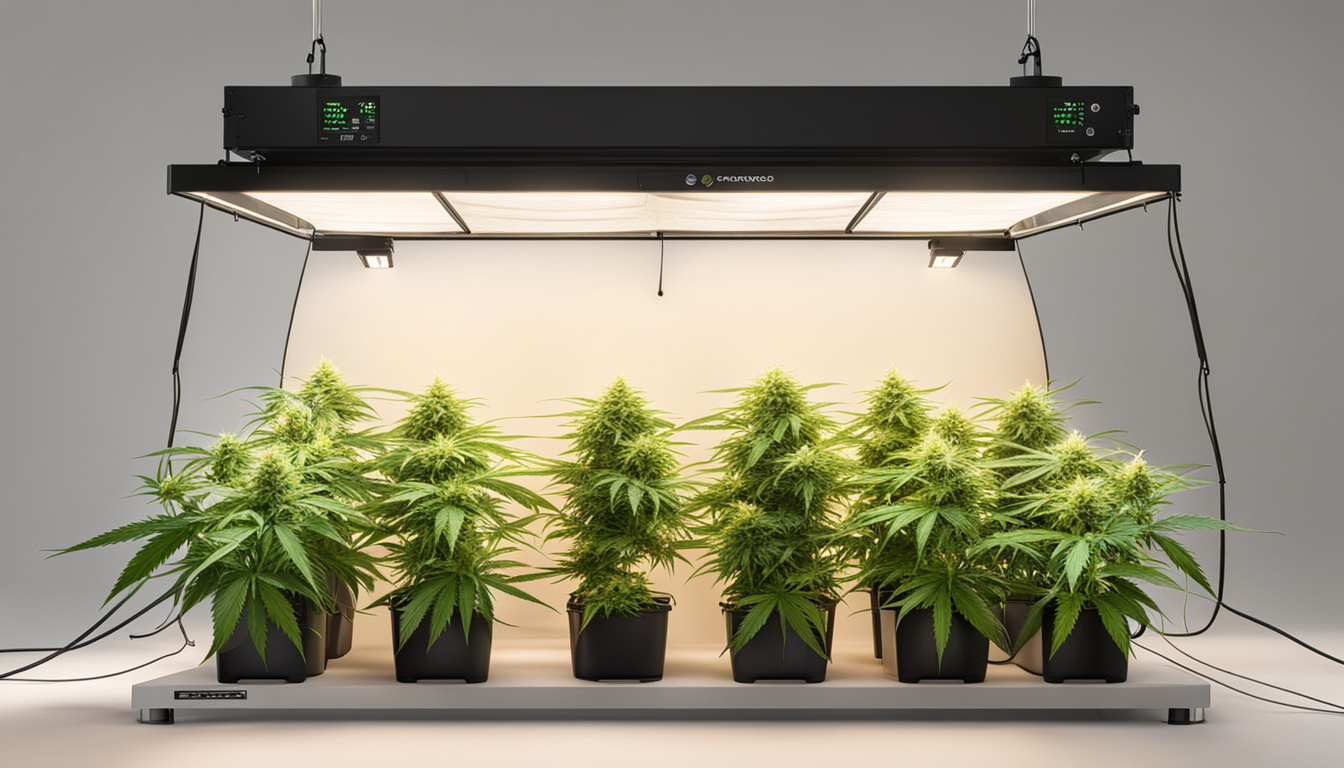
Conclusion
With this complete indoor marijuana growing guide, you now have the knowledge to cultivate bountiful potent buds for private grows. Follow these techniques and techniques throughout the germination, growth, and flowering stages. Invest in good gear and carefully monitor your plants. In time, you'll be compensated with sticky aromatic buds you grew yourself under the patient guidance of your green hands. Happy growing